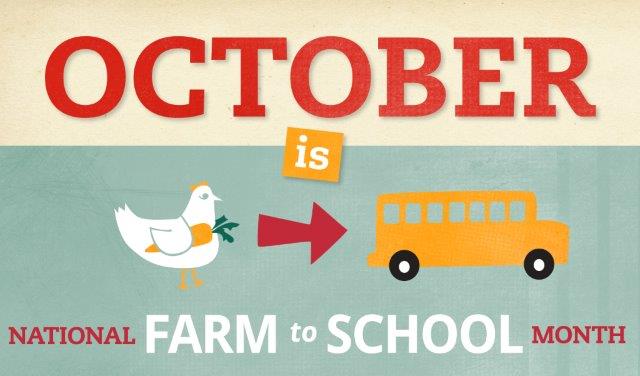
October is National Farm to School Month and we’re highlighting the work of CDFA’s Farm to School Program. Stay tuned for weekly posts!
When school cafeterias develop relationships with local farmers and ranchers, students and families may be in a position to make healthier food choices. That’s the first step in a process we call “Farm to School.” It’s an approach that starts local and also helps the environment by reducing food waste and sequestering carbon in soil.
For example, at King Middle School in Berkeley, the Edible Schoolyard Project (a recipient of CDFA grant funding) sequesters carbon by adding compost to the school garden – a process that provides science lessons for students. The compost piles are created in part from leftover lunch food, and the result is healthier garden soil.
Compost is a viable alternative to food waste at a time when up to 40 percent of the U.S. food supply is wasted, according to the U.S. Department of Agriculture (USDA). In 2010, that led to 133 billion pounds of food sent to landfills–with a value of $161 billion.
The food waste challenge also raises concerns about the waste of land, water, and energy inputs to create that food; as well as air pollutants created while transporting and disposing discarded food.
As our nation becomes more educated about food waste and its environmental impacts, the USDA and U.S. Environmental Protection Agency have set a goal to cut our nation’s food waste by 50 percent by 2030. California and CDFA are committed to reaching that goal.


